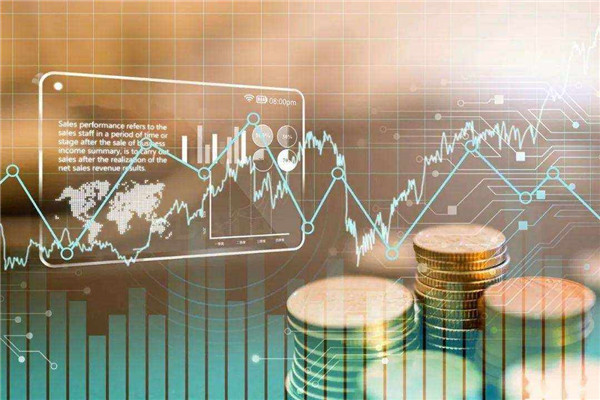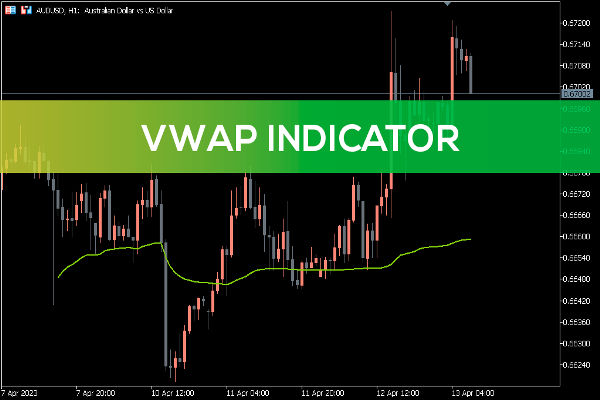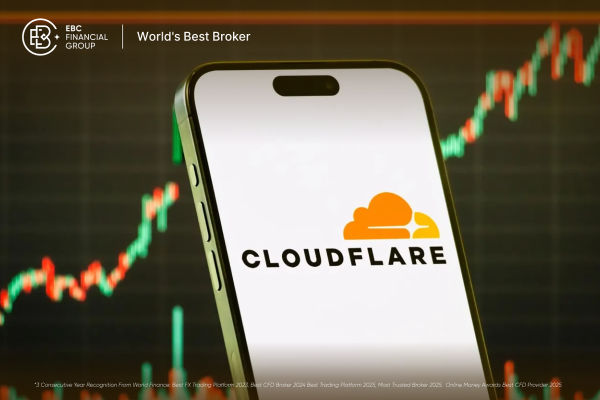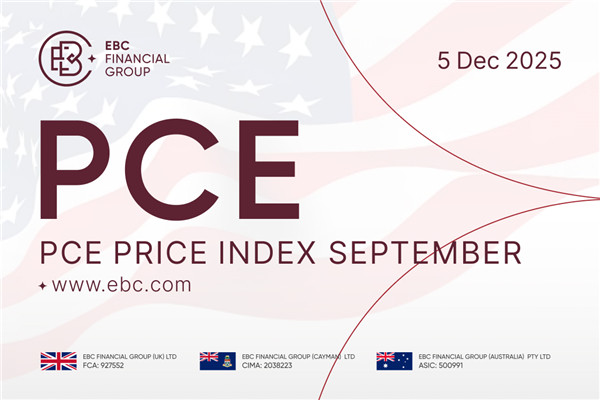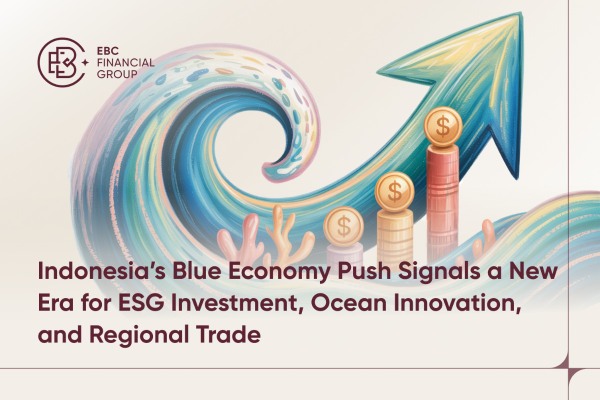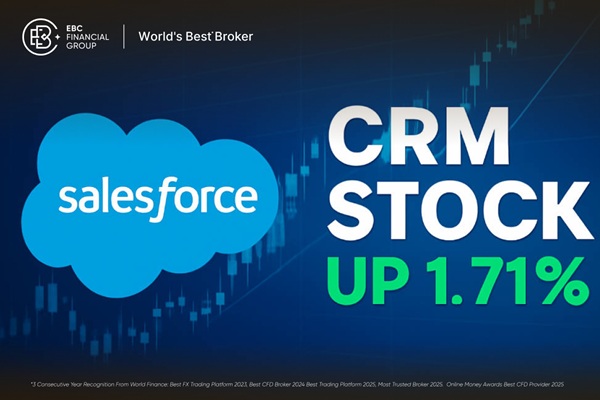Real-time trading volume refers to the total trading volume of all
commodities, stocks, currencies, or other assets in the market during a specific
time period. It reflects the level of market activity and the level of interest
of traders in a particular asset.

Real-time trading volume is usually used to measure market liquidity. When
the trading volume is high, it means that there are a large number of purchase
and sale orders submitted in the market, there are more assets available for
trading, and the trading execution speed is faster. On the contrary, when
trading volume is low and market liquidity is low, trading execution may be
slower.
Real-time trading volume can also provide useful information, such as the
emotions and trends of market participants. A higher trading volume may indicate
that market participants have a strong interest in a particular asset and may
represent an upward or downward trend in the market. A lower trading volume may
indicate a lower interest among market participants in assets, which may
represent a sideways or wait-and-see trend in the market.
The statistical data of trading volume can be displayed through charts and
indicators, such as trading volume bar charts and trading volume weighted
averages. These tools can help traders analyze market trends and make
corresponding trading decisions.
Real-time trading volume is not a single indicator but an important piece of
data in the financial market. It is usually used in conjunction with other
indicators to provide a more comprehensive basis for market analysis and trading
decisions. For example, investors and traders may conduct comprehensive analysis
based on real-time trading volume, price trend, trading volume, trading volume,
trading volume, and other indicators to better understand the supply and demand
relationship, trading activity, and Market trend of the market.
At the same time, real-time trading volume can also be combined with other
behavioral and emotional indicators of market participants, such as investor
sentiment indices and market volatility indicators, to comprehensively evaluate
market risks and opportunities. Therefore, real-time trading volume is often
used in conjunction with other indicators in market analysis and trading
decisions to provide more accurate market judgments and trading strategies.
A common trading volume indicator is trading volume, which represents the
number of trade during a specific time period. Trading volume can display
the level of market activity and compare it with price trends, helping to
determine market trends and changes.
In addition, there are other trading volume indicators, such as the relative
strength index (RSI), trading volume bar chart, accumulation/distribution line,
etc. These indicators are calculated and analyzed based on trading volume data
to provide more market information and Trading signals.
In short, real-time trading volume refers to the sum of all trading volumes
in the market during a certain period of time, reflecting market activity, asset
liquidity, and the level of interest of traders. Different trading markets and
platforms may have their own trading volume indicators, so the specific
indicator used needs to be determined based on the actual situation.
